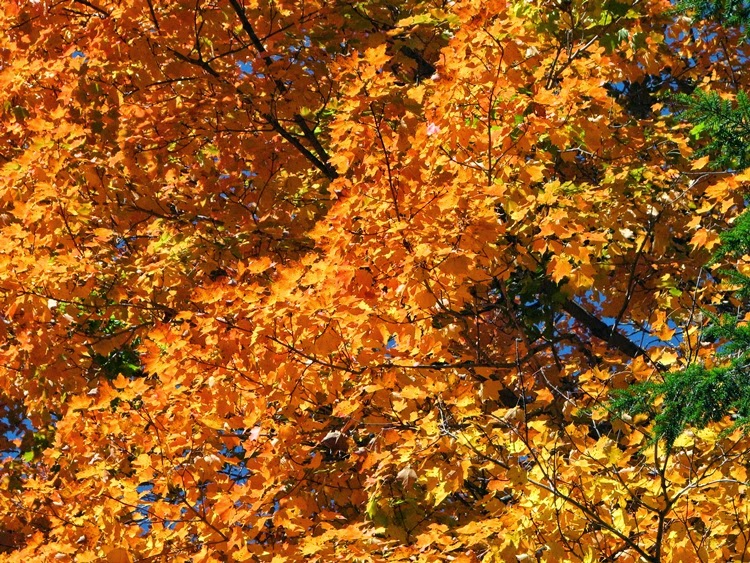The early hunting seasons have begun, so it was time to
bring in the last of my camera traps from the Big Woods – a commercial trail
camera that takes color photos during the day and infra-red photos at night. It’s
been in place for a month, ever since I brought in the “homebrewed” camera trap
that had been on a nearby tree. Unfortunately, the infra-red flash takes about
a second to produce enough light to give proper exposure. That results in a lot
of very blurry pictures – so blurred that sometimes it’s impossible to identify
the animal.
But, now that the rut is beginning the older
white-tail bucks with large-antlers are showing up again. The camera at this spot hadn’t gotten a
picture of a buck with large antlers since June 19. Now that the older bucks
have appeared only one young buck with small antlers has shown up in the
pictures – the other young bucks have probably been driven off by the mature bucks.
The smallest set of antlers captured on camera in the last
month were on this deer –
Those antlers pale in comparison to the antlers worn by this
buck: the thickness of his antlers shows that this is an older deer than the
9-point –
Where do they go? Well, there are large areas with really
dense patches of chest-high shrubs as well as steep, extremely rocky hillsides
throughout the Big Woods; both of those conditions make walking difficult and
unpleasant for humans – take it from one who knows. A buck that’s either lucky
enough, or has learned to stay in those areas during hunting season has a good
chance to live to see another day – and being active primarily at night helps
too.
Those of us who hunt with a gun may be frustrated by those
big bucks, but those of us who hunt with a camera are glad that those bucks have the
ability to survive.
.jpg)
.JPG)

.jpg)
.jpg)
.jpg)

+-+Tamarack.jpg)
.jpg)
.JPG)
.jpg)
.jpg)
.jpg)
.jpg)
.jpg)
.jpg)
.jpg)
.jpg)
+-+from+DCNR.jpg)
+-+from+NPS.jpg)
+-+from+PA+State+Archives.jpg)
+-+from+USFS.jpg)
+-+old+charcoal+hearth+-+Axe+Factory.jpg)
+-+charcoal+at+old+hearth+-+Axe+Factory.jpg)
+-+partially+cut+tree.jpg)
.jpg)
.jpg)
.jpg)
.jpg)
.JPG)
.jpg)
.jpg)
.jpg)
.jpg)